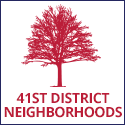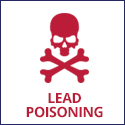We are on Mamilla Street, where high end shops predominate, and more than one cornerstone bears the name of the developer and the architect. (The latter is Moshe Safdie, whose body of work includes 2218 and 2220 Angelica Terrace, where I live.)
Lunch is at a restaurant named Herzl because on his only trip to what was then Palestine, he stayed in the house on this site, which was dismantled and now restored. (That’s why each exterior stone is numbered.)
Standing outside Herzl, our guide shows us a photo of the street before the Six Day War in 1967, when Jerusalenm was divided in two.
Mailla was on the border line, home only to the poor since Israel’s birth in 1948 because the upper class had fled. Jordanian soldiers were firing at Israeli civilians.
We are joined at Herzl by an American expert on the Middle East. Like others this week, he notes the progress that has been made in establishing a civil society in the West Bank. (He also acknowledges the anti-Semitic materials still being used in the schools .
But, he notes, that progress has its limits for a Palestinian if there are still Israeli checkpoints during his daily travels.
Far from Mamilla Street.
—
I didn’t get a chance yesterday to ask the student protesters what they planned to do next.
A Labor Party member of the Knesset gave us an answer today.
30,000 votes are needed to elect someone. An increase in turnout of 250,000 among those under 30, who normally don’t vote in great numbers, translates to eight members of the next Knesset.








